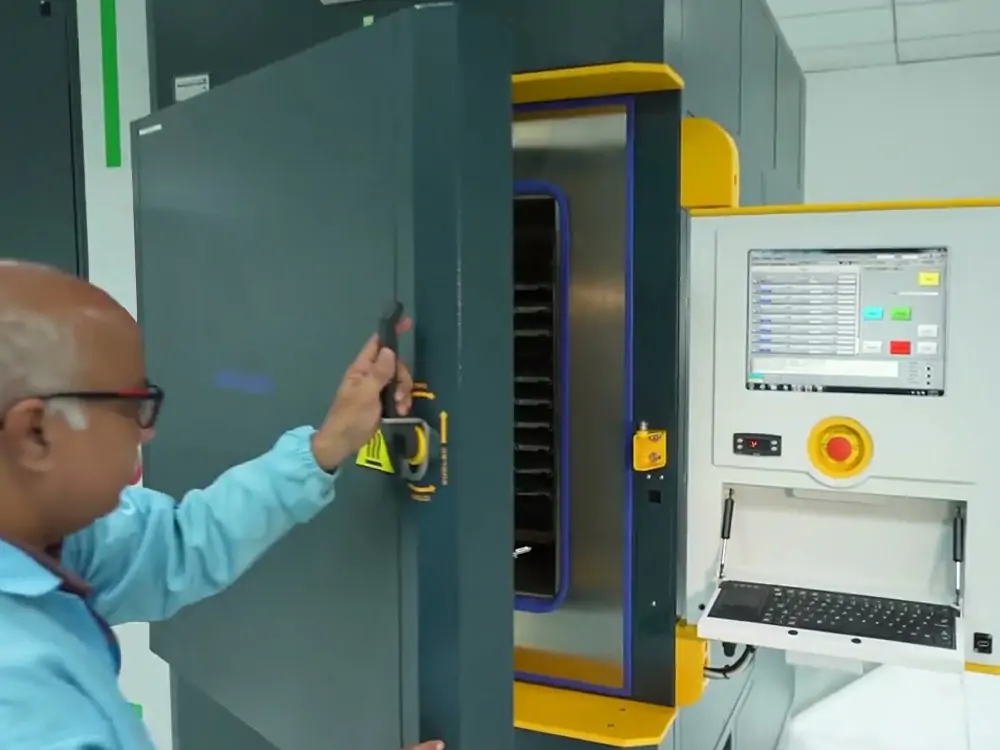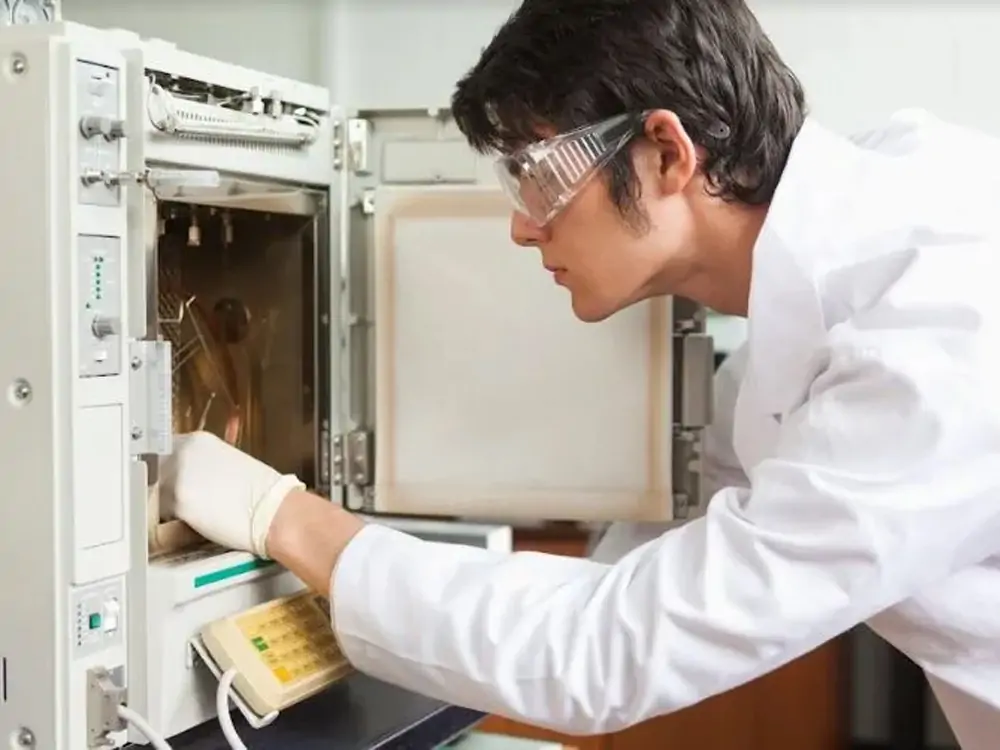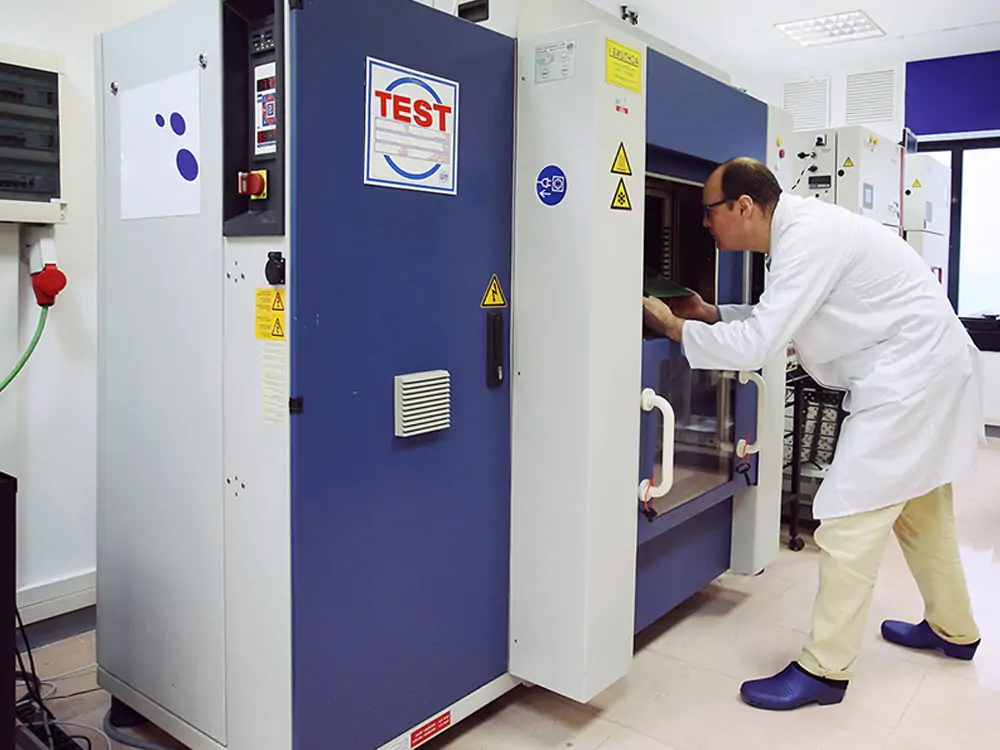In today’s world, it is important to ensure durability and reliability of product so by finding the difference between UHAST AND BHAST, we can estimate this easily. During the developmental process of material science and manufacturing, ensure quality product. One of the crucial tools is stress testing. It is a method that exposes products or materials to extreme conditions of stress. This then assesses the performance under stress. The evaluation process of the product is a litmus test for resilience. It provides invaluable insights into potential weaknesses and areas for improvement. Highly Accelerated Stress Testing is also known as HAST. It has emerged as a linchpin in the faster growing era of product validation. This testing method is indispensable among various industries. This includes electronics, automotive to aerospace and pharmaceuticals.
There are 2 approaches, a valuable tool for the durability and reliability of the product. One is Unbiased Highly Accelerated Stress test (UHAST). The other is Biased Highly Accelerated Stress Test (BHAST). Both the methods gather significant attention in various industries. These industries include electronics, aerospace, automotive, and pharmaceutical industries. This is due to their effectiveness in predicting product performance under extreme conditions.

Understanding Unbiased Highly Accelerated Stress Test
UHAST is a powerful method that assesses the reliability and durability of products. This test functions under extreme conditions. The stress testing subjects the test specimens to various stressors. These stressors are not limited to temperature fluctuations, humidity, and mechanical shocks. This multifaceted approach allows for a comprehensive evaluation of the product’s resilience. This test method provides a robust assessment. It simulates to a broad spectrum of environmental challenges. This helps the product ability to withstand a wide range of operational conditions.
Benefits of UHAST
- It uncovers vulnerabilities that may not be immediately apparent in traditional testing environments.
- It reveals potential weaknesses that manifest over extended periods in real-world usage.
- Early detection of issues allows engineers to make adjustments to the product design.
- This test is instrumental in reducing the risk of product failure and costly recalls.
Understanding Biased Highly Accelerated Stress Test
BHAST introduces a controlled bias into the testing environment. The applied stressors simulate at specific conditions or failure modes. They function in the actual field usage of the product. Biased stress testing operates by emphasizing certain stressors. These stressors tailor the testing environment to focus on particular conditions. This biased test is of particular concern for the application at hand. If you do so, this testing provides a targeted examination. It outlines the vulnerabilities that are not clear through traditional testing.
Benefits of BHAST
- It offers efficient means of identifying weaknesses specific to the product’s intended use.
- This testing can provide invaluable insights for engineers seeking to enhance product reliability.
- It fastens the testing process, and provides accelerated validation of products.
- This stress-testing method provides robust product designs and faster development cycles.

Key Differences between UHAST and BHAST
1. Test Design and Implementation
Unbiased Stress Test adopts an impartial stance. It strives to recreate real-world conditions with minimal preconceived notions. This method casts wide stressors. This includes temperature variations, humidity levels, and mechanical shocks.
Biased Stress Test introduces a calculated bias into the testing environment. This approach emphasizes stressors that are pivotal in the actual product operation. It provides a targeted examination. It spotlights specific failure modes and environmental conditions. These conditions that are critical to the application at hand.
2. Test Outcome Interpretation
UHAST yields results that are a reflection of a product’s response to a wide array of stressors. The results offer a comprehensive assessment of products. It also offers endurance under diverse conditions.
BHAST generates results that are intentionally skewed towards specific stressors. This biased approach allows engineers to focus on particular failure modes. It also focuses on environmental conditions for the particular application. The outcomes in unbiased testing provide a targeted evaluation under stress.
3. Reliability of Product Evaluation
UHAST provides an accurate and comprehensive assessment of a product’s durability and reliability. If you subject the specimens to various stressors, it uncovers weaknesses. That are not clear through traditional testing. This ensures that the product can withstand a multitude of environmental challenges.
BHAST carries the potential for misjudgment. The controlled bias may lead to a narrowed focus on specific stressors. Thus, it potentially overlooks other critical factors. This could result in an incomplete evaluation of the product’s performance. It’s important for engineers and researchers to balance BHAST with other testing methods. This way, they can get a comprehensive understanding of the product’s capabilities. This careful approach ensures that no crucial aspects are left unexamined. This leads to more reliable products.
4. Real World Applications
There are some industries that get benefit through unbiased testing. This includes electronics, semiconductors were products subject to stressors in operational environment. Additionally, the transport and automotive industries use UHAST for the evaluation of product. It conducts under diverse conditions, mirroring real-world usage scenarios.
This stress test method is valuable in industries like appliances and consumer goods. It applies where conditions can impact product performance. The industrial products get benefit because they are important to assess product.
5. Cost Benefit Analysis
Unbiased highly accelerated stress testing has an unbiased approach. It offers a thorough evaluation of product. This includes both the durability and reliability. It leads to cost savings in the long run. This test identifies weaknesses in the early development process. It requires more extensive testing periods and equipment, resulting in higher upfront costs.
Biased highly accelerated stress testing expedites the testing process, saving time and cost. This leads to oversights in certain stressors. This results in unforeseen costs in the future if vulnerabilities are not identified.

Future Trends in UHAST and BHAST
Future trends in HAST encompass both Unbiased and Biased stress testing approaches. These stress testing methods undergo significant advancements driven by evolving technological capabilities. It also undergoes shifts in industrial practices. Technological advancements expect to revolutionize HAST methodologies. Innovations in sensor technology allow precise and granular data collection during testing. This enables engineers to gain deeper insights into product behavior under stress. Thus, leading to more accurate assessments of reliability and durability.
HAST methodologies incorporate stressors to simulate extreme environmental conditions. Thus, reflecting a heightened awareness of climate-related challenges. Additionally, the adoption of circular economy principles will influence stress testing. It focusses on designing products for longevity and ease of repair. Moreover, industries are recognizing the value of accelerated testing in early-stage product development. HAST anticipates to become an integral component of the design validation process. It allows robust and reliable products to reach the market faster.
As HAST continues to evolve, it is an integral component of the design validation process. It has the ability to deliver robust and reliable products to the market. This works at an accelerated pace is a game-changer. This innovation not only benefits manufacturers by streamlining production processes. It also translates to tangible advantages for consumers. So, they can access high-quality, sustainable products.
The Final Verdict
As we drew knowledge of Unbiased Highly Accelerated Stress Test and Biased Highly Accelerated Stress Test. It reveals two distinct yet valuable methodologies for evaluating product reliability and durability. Each approach brings its own set of strengths and considerations to the table. Stress testing, whether UHAST or BHAST is a critical phase in product development. It serves as a proactive measure to identify weaknesses of the products.
Selecting stress testing method depends on the objectives of the product and industry. UHAST is well-suited for industries where a wide spectrum of stressors is relevant. This includes electronics and automotive. BHAST is valuable in industries where specific operating conditions play a crucial role. This includes consumer goods and appliances.
As technology gets better and industries change how they work, stress testing becomes even more important. It makes sure products in many different industries are strong and will last. Engineers and researchers can make better choices by learning about UHAST and BHAST. This leads to products that are stronger and you can trust them more when you buy them.
For more environmental test chamber, Please visit: https://chiuventionclimatechamber.com
For more environmental test simulation programmes,environmental testing knowledge, instrument knowledge, and environmental testing laboratory knowledge, please contact us: [email protected]